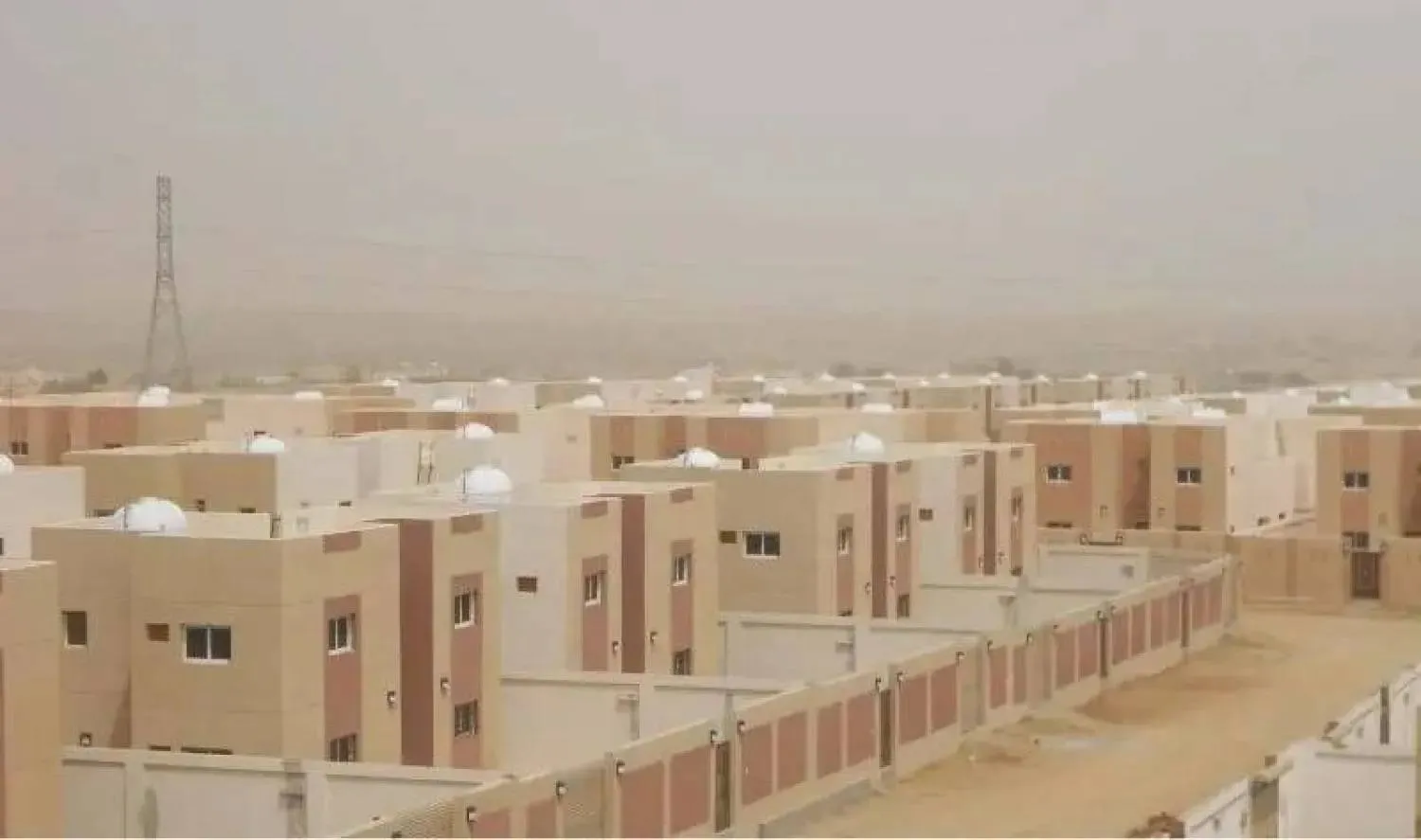Saudi Arabia on Sunday began enforcing an updated version of its “white land” tax, under directives from Prince Mohammed bin Salman, Crown Prince and Prime Minister, aiming to push landowners to either develop or sell idle plots to developers, boosting supply and easing property prices.
The amended rules broaden the levy to include vacant buildings, as well as undeveloped plots, and streamline its rollout by imposing an annual tax of up to 10% of a plot or group of plots’ market value if their combined area within an urban zone is 5,000 square meters or more, according to regulations.
Vacant properties will also face an annual tax based on comparable rental values, capped at 5% of their market value. This rate could be increased to 10% by cabinet decision on a ministerial committee’s recommendation. State-owned properties are exempt.
Hamed bin Hamri, a member of the Eastern Province Chamber of Commerce’s real estate committee and chief executive of Tamkean Investment, said the tax would pressure owners to utilize vacant assets or sell them to avoid annual charges, spurring market activity.
“Holding onto undeveloped land will now come with a cost linked to its market value,” he told Asharq Al-Awsat. “This reduces the appeal of land hoarding.”
He urged owners to seize the opportunity to build or partner with developers to revive unused plots, and called for incentive schemes, easier bank financing, and feasibility studies to help owners bring projects to life.
Khalid Aljasir, head of Amaken International Group, warned that the changes could trigger a cautious slowdown in the real estate market.
“Supply will rise faster than demand, giving buyers with cash more bargaining power,” he told Asharq Al-Awsat, predicting that this caution could last for six months before the market regains balance.
He described the move as “bold” and said it could push land prices back to earlier levels.
Financial and economic consultant Hussein Al-Attas told Asharq Al-Awsat that expanding the tax to cover vacant buildings was a key step towards tackling one of the main causes of market stagnation — idle, ready-to-use properties.
Setting a 5,000 square meter threshold for taxable plots would reduce inefficient land fragmentation and make compliance easier to monitor, he said. Linking the tax rate to asset value, capped at 10%, would ensure fairness and reduce evasion while encouraging genuine development.
By targeting vacant buildings, the system addresses shortages in ready-to-occupy or investable stock, Al-Attas said, adding that flexible executive regulations would allow the housing ministry to adapt to shifting market conditions.
“These changes could accelerate development, limit speculative holding of assets, and support price stability while improving economic efficiency in the property sector,” he stressed.







